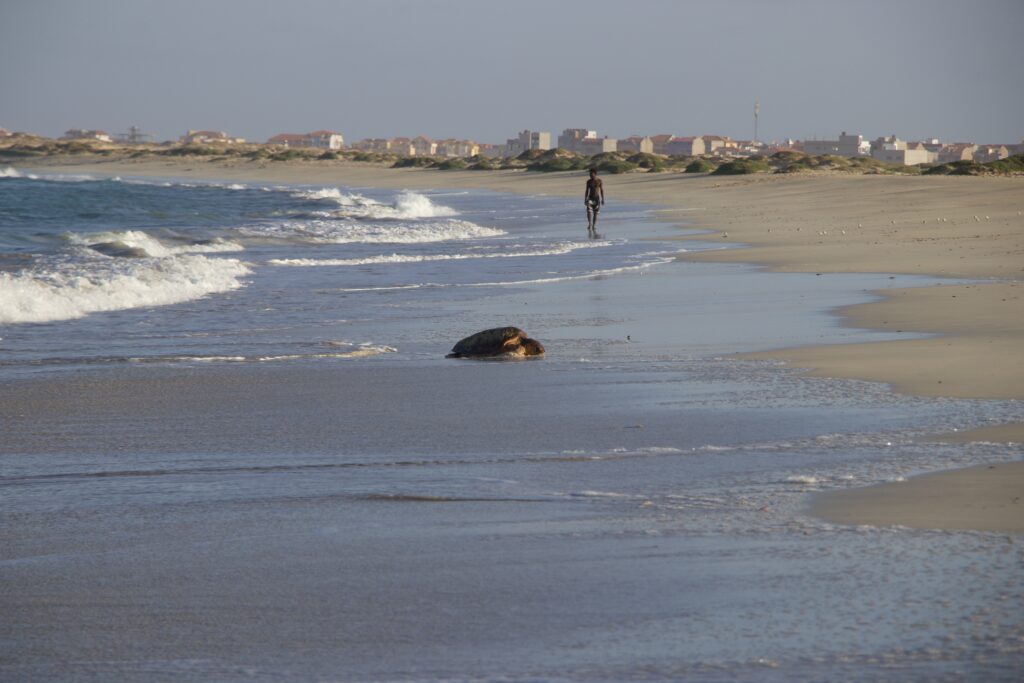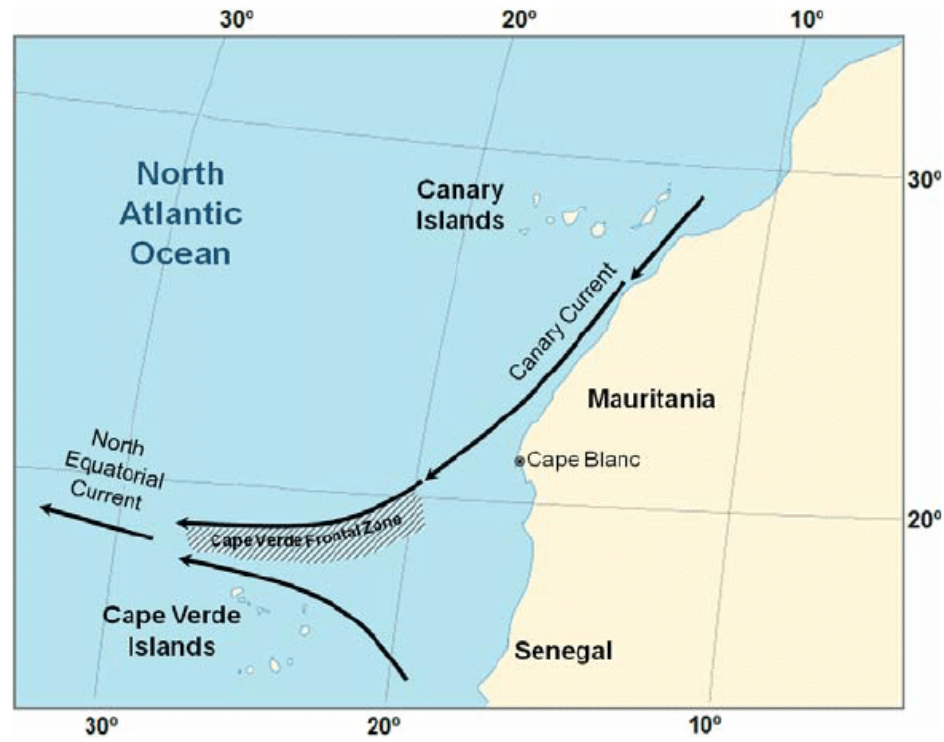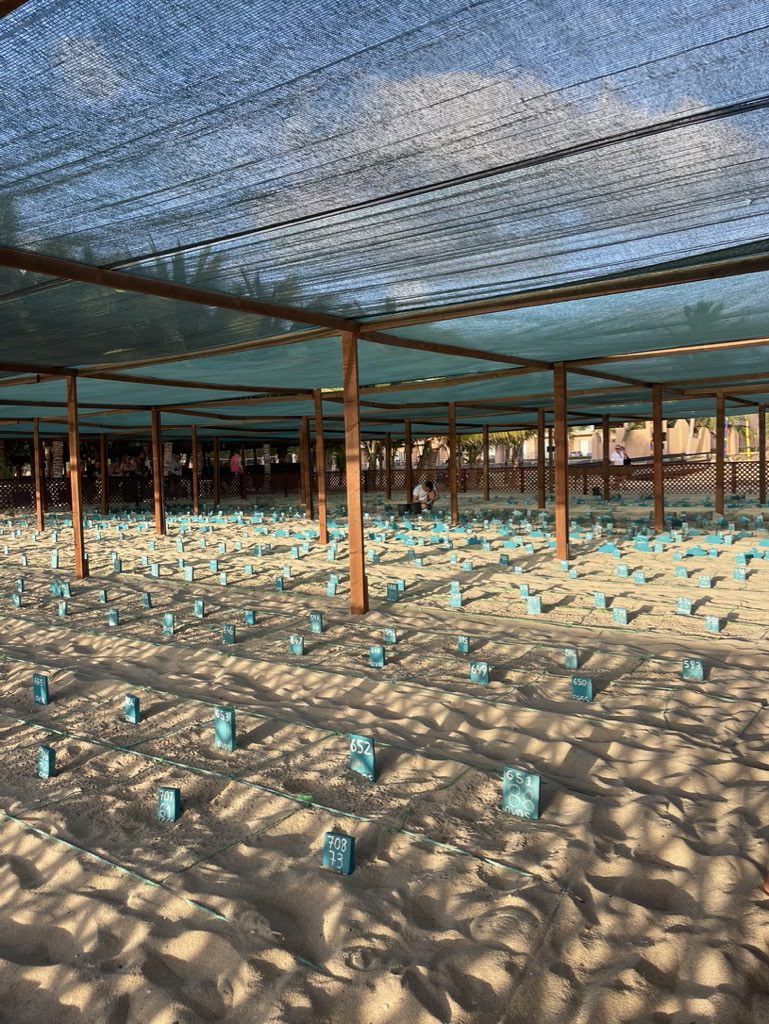Apart from Black Sand Beach (BB) and Monte Leão (ML), most study locations feature light, homogenous sands—ideal for sea turtle nesting. In contrast, darker sediments tend to absorb more radiation, keeping temperatures higher than those of white sand beaches.
Other studies support these findings, showing temperature differences of up to 4.2ºC within the same areas. However, research on turtle nesting in the archipelago has shown that females generally prefer cooler, more suitable spots for laying their eggs.

East side cooling factors
At eastern locations, the top sand layers are cooler compared to western beaches. This difference mainly results from the Canary Current, which brings cooler, deeper waters from the west coast of mainland Africa. The current becomes stronger in summer, right when Loggerhead nesting peaks, cooling the surface layers of eastern beaches.
Additionally, the Northeast Trade Winds, a persistent, dry wind system, constantly affect the island, contributing to aridification and drying of the environment.

Hatcheries’ Success

Nest success rates were expected to be significantly higher in the hatcheries, up to 20% more compared to natural sites. Among the hatcheries, RIU (H1) and Tortuga (H5) recorded the highest average success rates:
- RIU: 89.7%
- Tortuga: 83.7%
- Costa Fragata & Pedra Lume: < 70%
This difference may be influenced by the hatcheries’ locations, as RIU and Tortuga are situated on the west side of the island, while Costa Fragata and Pedra Lume are on the east. Additionally, human errors during nest relocation and the choice of structural materials, affecting sand temperature within the hatcheries, could also play a role.
Shaded areas
Sand composition and the presence of a rooftop in both hatcheries created cooler shaded areas. However, temperatures inside H5 (Tortuga) were warmer than in H1 (RIU). Sand composition plays a crucial role in gas exchange between nests and the surrounding sand. The RIU hatchery features a fence made of wooden slats, which enhances airflow and supports embryo incubation. In contrast, Tortuga is enclosed by a closed-mesh net, potentially limiting air exchange. Additionally, sand temperatures in RIU were cooler than in H5, likely due to its proximity to a hotel and a shaded palm tree area, factors that may contribute to the higher hatching success observed there.